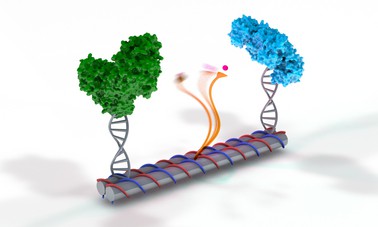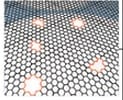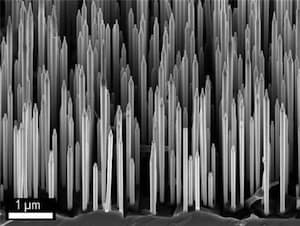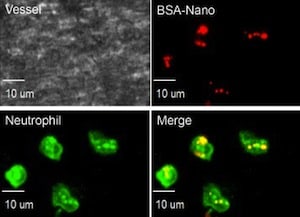Carbon-containing functional groups decorating carbon nanotubes decompose upon heating on copper foil to form a nanotube-reinforced graphene with novel properties that mimic those of expensive indium-tin-oxide.
Novel properties for nanotechnology rebar-graphene reinforced with carbon nanotubes










